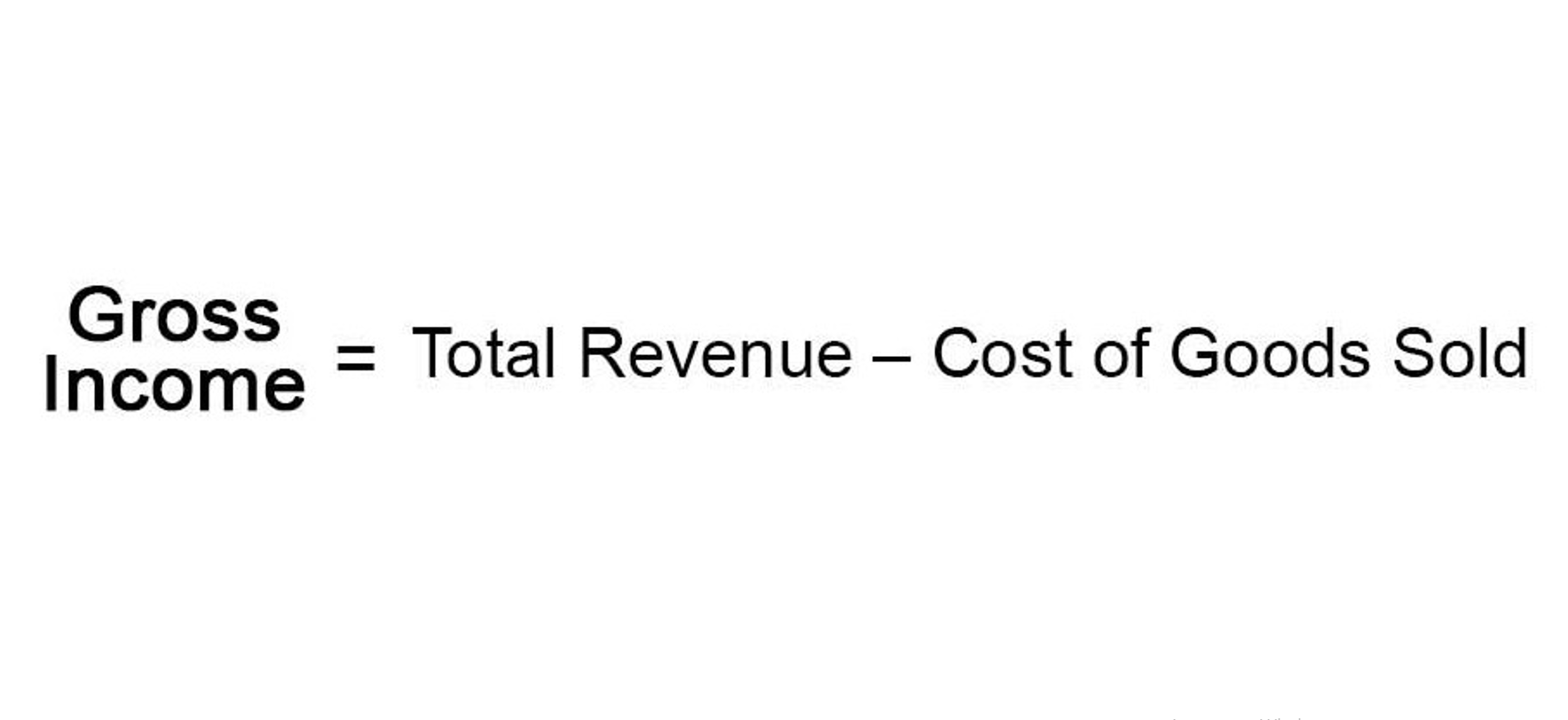
It is essential to remember that we are performing our analysis as of 31 December 2020. Take the inventory breakdown as of 31 December 2020 and calculate the Average Cost per item (End V / End Q). Whenever we assess a need to book a write-down, the next step is to recognize it as an expense item in our profit and loss (Income Statement) and decrease the inventory value in our Balance sheet.

Net Realizable Value (NRV): Definition & Calculation
When calculating the NRV, your first instinct might be to use the $25 price tag, which is the official price of each basketball. Net realizable value (NRV) is a method used to determine the actual value of an asset when Accounts Payable Management sold, after deducting any costs involved in the sale. This ensures that businesses have a realistic view of their financial standing.
- Net Realizable Value (NRV) plays a significant role in the valuation of accounts receivable, guiding businesses in estimating the collectability of outstanding debts.
- The write-down has been reflected within cost of goods sold on the income statement.
- By applying NRV calculations, companies can ensure their financial statements reflect a more accurate and realistic financial position.
- Another advantage of NRV is its applicability, as the valuation method can often be used across a wide range of inventory items.
Which Method Is Better?
- To ascertain this figure, you might scrutinize historical sales data, consider current market trends, and evaluate the condition and usability of the asset.
- An accounts receivable balance is converted into cash when customers pay their outstanding invoices, but the balance must be adjusted down for clients who don’t make payments.
- Conversely, during periods of economic growth, increased consumer spending can elevate these prices.
- Moreover, the insights provided by NRV calculations enable informed decision-making for business strategies.
- On the accounting ledger, an inventory impairment of $20.00 would then be recorded.
- As our NRV Issues column shows the difference between prices only when the cost exceeds the selling price, we can calculate our NRV Adjustment Value by multiplying it with the quantity as of 31 December 2020.
It helps you test the quality of procured materials and finished goods in the process, identify damages, and estimate accurate value. TranZact can improve visibility over your accounts receivables and send you alerts for overdue receivables so you can make quick and informed decisions.Implement TranZact in just 14 days. Net Realizable Value NRV is a commonly used technique for valuing assets based on how much money it will generate upon its eventual sale. In short, it measures the liquid value of a receivable account or inventory.Net Realizable Calculations can help business owners determine how much new sales and accounting revenue can be expected from their current assets.

Net realizable value (NRV)/market price
With inflation and changes in market conditions, customers might lose interest due to high prices. High prices and unemployment also reduce product sales, affecting the company. NRVs are used in generally accepted accounting principles (GAAP) and international financial reporting standards (IFRS). It is a more complex way of accounting and depends on many assumptions made by the department. With this article, businesses can understand what is net realizable value, its uses, advantages, disadvantages, and how it affects businesses. Net realizable value (NRV) directly impacts the cost of goods sold (COGS) when there’s a need to write down inventory to its NRV.

As evidenced above, net realizable value is a vital tool for making informed decisions about the performance of your accounts receivables and the value of assets and your inventory. Asset values for accounts receivable (AR) and inventories are commonly calculated using the formula for NRV. These can be found under the current assets section of corporate balance sheets. It can also be used for cost accounting purposes, which helps management teams make more informed decisions about corporate finances.
- Thus, a write-down isn’t permitted solely because of a decline in raw material prices or if expected profit margins are unsatisfactory.
- Businesses commonly use NRV as a valuation method for their financial reporting or cost accounting.
- Net Realizable Value (NRV) is the value at which an asset can be sold in the market by the company after subtracting the estimated cost of selling it.
- The all-inclusive method provides a more accurate picture of the true cost of production.
- In effect, companies are prevented from overstating the value of their inventory, which reduces the risk of misleading investors.
- To sell this table, the company needs to spend $50 on finishing touches, $100 on packaging, and $50 on shipping.
INCOME-BASED APPROACH

The NRV analysis that companies perform is accepted by generally accepted accounting principles (GAAP) as well as International Financial Reporting Standards (IFRS). NRV is the valuation method which is adopted by the firms to ensure they price the assets properly. To calculate, the selling price of the asset is considered and then, the other costs net realizable value formula incurred to achieve the sales is subtracted from it. The Percentage of Sales method multiplies your credit sales for the period by an estimated percentage of uncollectible accounts based on historical experience and current economic conditions. The Lower Cost and Market Method is a straightforward approach that helps businesses avoid overvaluing their inventory. By comparing the original cost to the current market value, companies can ensure their financial statements accurately reflect their inventory’s worth.
When should NRV be used instead of Fair Value in accounting?

As we now have both the average cost and average sales price, we can compare those to identify potential NRV issues. As we might have no sales for some of our inventory items, we include another check and return “no sales” where the sold quantity is zero. For items we sold, where the Average Price is less than the Average Cost, we identify an NRV issue.